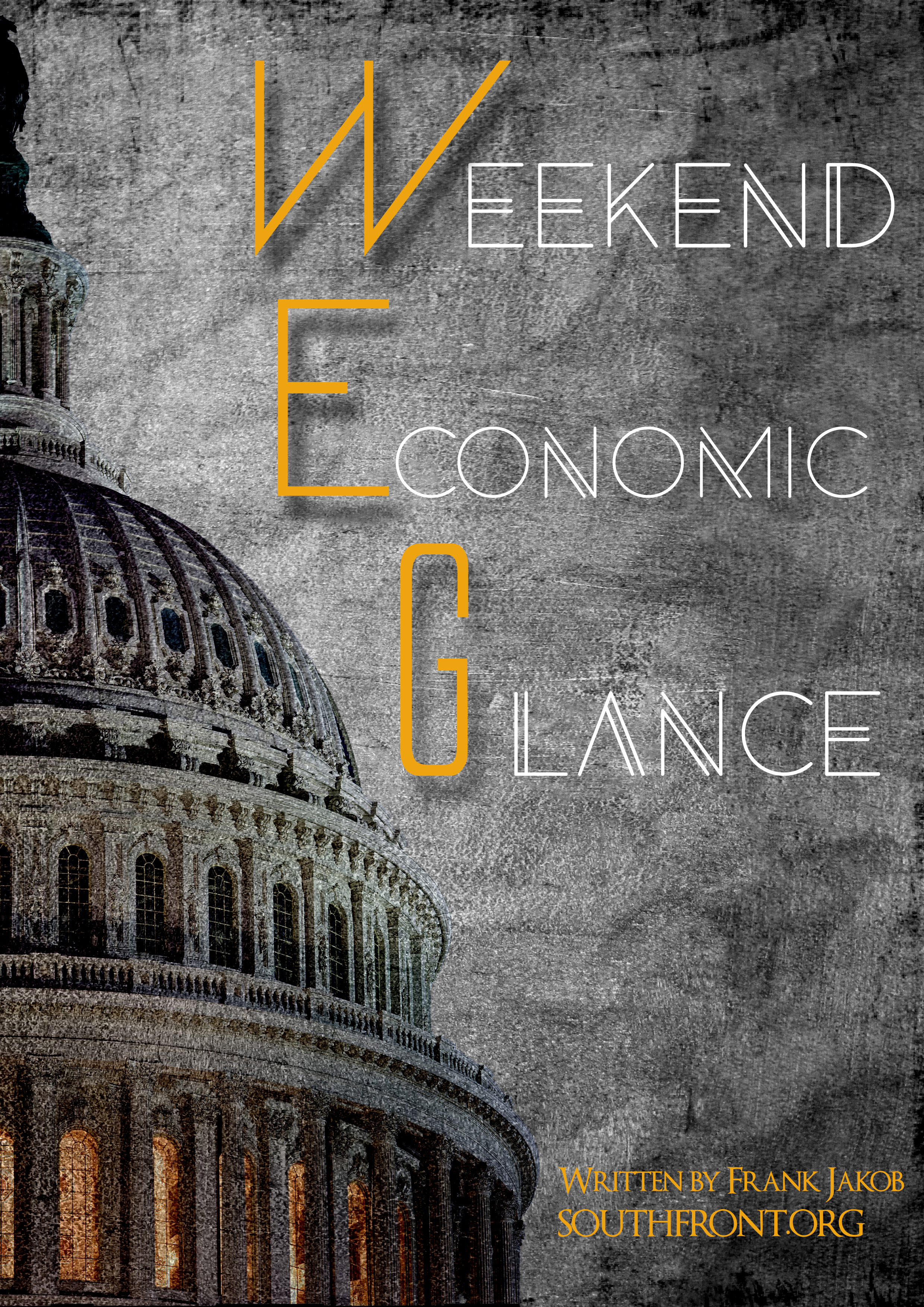
Saudi Arabia is trying to win market shares in the European oil market from Russia. Russia builds a gas pipeline to Pakistan to bolster the two nations relationship. US state debt reaches all time high yet credit worthiness remains unchanged. China’s middle class becomes the largest and therefore its market becomes the most attractive in the world.
Saudi Arabia trying to push Russia from European oil market. The Saudi Kingdom has been cutting its prices for crude in order to win market shares in Europe away from Russia. Oil refineries of the continent are already turning away from Russian oil and towards Saudi Arabia. As Reuter reports, oil giants like Eccon, Shell, Total and Eni have been buying more crude from Riyadh for their refineries in Western Erope and the Mediterranean in recent months at the expense of Russian oil. The average price for Russian Urals oil in 2015 was about $ 54.40 per barrel (compared to $ 105.07 for the same period last year). However, gazeeta.ru quotes an analyst from Russia’s Uralsib bank, Aleksey Kokin, who says that the Saudi contracts with its European counterparts are looking at benchmarks such as Brent and Dubai, which are priced at $48-49 per barrel. It remains questionable how long the Saudis can uphold this undermining price strategy. In recent weeks it was reported that due to the price drop for oil the kingdom had to scrap investment plans and costs in order to keep a balanced household.
Russia to build gas pipeline to Pakistan. Russia and Pakistan have reached an agreement for the construction of a liquefied-gas pipeline. The project is scheduled to be completed in 2018 and will be commissioned by 2020. The goal is to mend the acute shortage of energy in the densely populated regions of Pakistan and to enable economic growth. The pipeline opens prospects for further cooperation between the countries and gives Russia access to the Pakistani energy sector. Besides Russia there is another pipeline from Iran connecting the country to the Persian gas fields. Both projects and Pakistan’s role as a soon-to-be member of the Shanghai Cooperation Organization (SCO) demonstrate the countries pivot away from the West and towards the Eurasian continent. Pakistan and India are expected to become full members of the SCO, a contender to NATO, in 2016.
US state dept reaches 350% of GDP. The Federal Reserve bank of the United States has quietly revised its data for total US debt from 330% to 350%. The federal debt has thus now reached a crushing $59 trillion. Usually it is common to assume that a country is near bankruptcy if its debt reaches 100% of its annual economic output, or gross domestic product. Greece’s debt in comparison amounts to 177% of its GDP and the country can barely pay its bills with the help of constant bailouts from the Eurozone countries amounting to hundreds of billions of dollars. According to the European Masstricht criteria a country is economically stable when its debt is not higher then 60% of its GDP. Yet the United States is still considered creditworthy and enjoys a splendid credit rating of AA+ from S&P and an excellent AAA from Fitch and Moody’s with stable outlook, all three are American credit rating agencies. Meanwhile Russia is graded at BB+ by these credit rating agencies with an unstable outlook even though the country has only 18% of debt relative to its GDP. One cannot help but wonder.
China’s middle class overtakes US as the world’s largest. According to a recent Credit Suisse Global Wealth Report the Chinese middle class has for the first time overtaken its US equivalent. The Chinese middle class is now 109 million people strong while the US middle class is a 92 million people in comparison. While the middle class did not see the growth that the top end richest class saw, the report forecasts that Asia will see the greatest expansion in the coming years in this resort. “The middle class will continue to expand in emerging economies overall, with a lion’s share of that growth to occur in Asia,” said Credit Suisse CEO Tidjane Thiam in the report. The size of a countries middle class is especially important for the economic development since this class is the major driver behind domestic demand and the size is overall is seen as a measure of national prosperity. The report also attributed 10 percent of the global wealth to the Chinese nation. It is likely that this development will make China even more attractive as a market for western businesses, a sign of caution that Western governments should keep good relations with China if they want to have access to its markets in the future.



